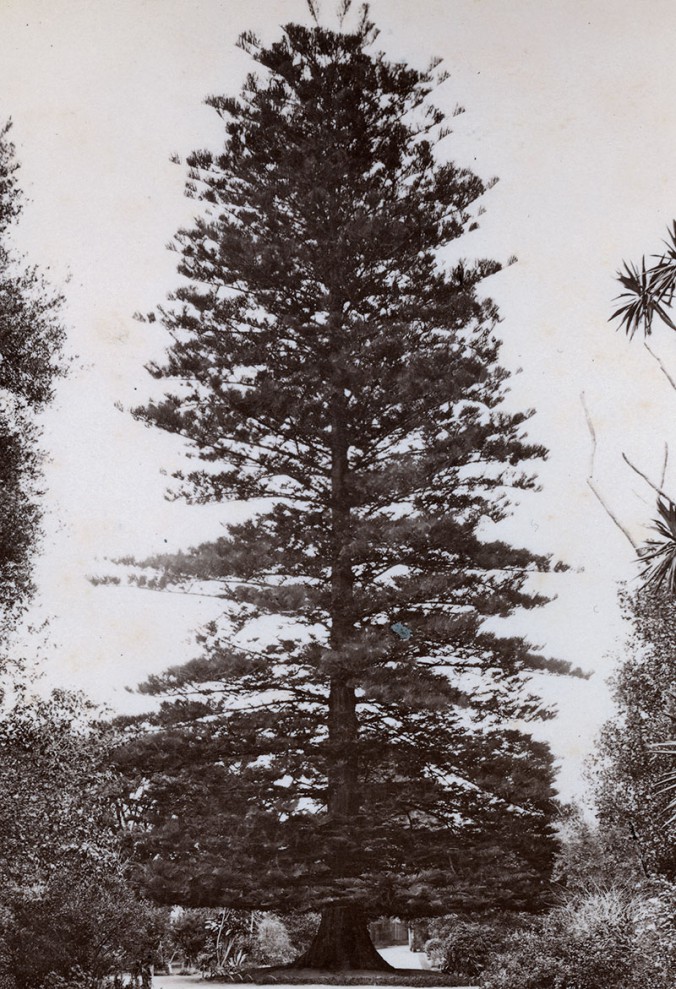Sydney’s Botanic Gardens are an important part of Australia’s tree heritage and Australia’s oldest scientific institution. Established during the reign of King George III, the Gardens were granted the royal epithet in 1959 by his great-great-great-great-granddaughter, Queen Elizabeth II. The gardens are an important part of Australia’s tree heritage.
The botanic gardens are the site of the first farm which was began within weeks of the establishment of the colony of New South Wales by Governor Phillip in 1788 and are part of the Domain established by Phillip in 1792. The traditional foundation date of the gardens was 13 June 1816, the date of completion of Mrs Macquarie’s Road along the eastern perimeter.
The landscaping of the foreshore of Farm Cove, now enclosed within the botanic gardens began under the guidance of Governor Macquarie’s wife Elizabeth in 1811. Initially access was limited to the ‘gentry’, but the gardens were officially opened to the general public on 13 September 1831.
Probably the most notable tree to have grown in the Sydney Royal Botanic Gardens was the Wishing Tree. A Norfolk Island pine, it was planted at the request of Mrs Macquarie in 1815. It is reputed to have come from Norfolk Island in a tub and was first planted in the Old Government House garden, at the corner of what are now Phillip and Bridge Streets in Sydney’s CBD.

Norfolk Island pines.
According to Edwin Wilson in his book, The Wishing Tree1, in earlier times people believed that spirits lived in trees and would not pass certain ‘sacred’ trees without stroking their bark to appease the tree spirits and sometimes to make a wish.
Generally the instructions for making a wish were to close your eyes, make a wish, then open your eyes and walk forwards around the tree three times, then backwards around the tree three times. On the last circuit the wish was to ‘wished’ again.
Thus the idea of ‘wishing trees’ and the expression ‘touch wood’. The custom grew around the Sydney Wishing Tree that children and lovers should walk around it six times – three times forward, three backward and then make their secret wishes.
The Wishing Tree was removed in 1945 when old age and decay threatened to topple it. Souvenirs were made from its wood and sold to help disabled soldiers returning from Second World II.
